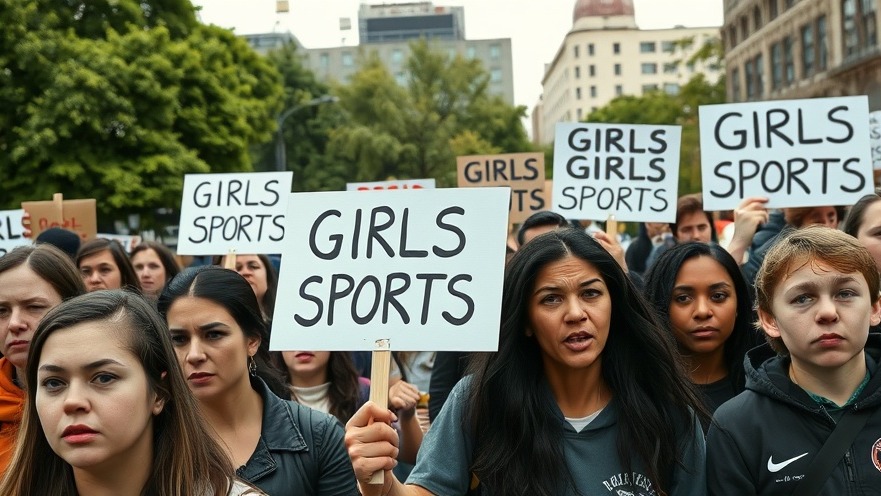
California Sports League Meeting Sparks Heated Debate on Trans Athletes
In a fiery clash that has drawn national attention, parents and stakeholders gathered at a California sports league meeting to voice their opinions on the participation of transgender athletes in youth sports. As debates around inclusivity and fairness escalate, the meeting, held earlier this week, has become a microcosm of larger societal tensions regarding gender identity, sportsmanship, and youth competition.
With multiple lawsuits and a string of forfeitures hanging in the balance, California is at the forefront of the national discourse on trans sports policies. The gathering saw parents divided, with some passionately advocating for the rights of transgender athletes to compete alongside their cisgender peers, while others raised concerns about the implications of such policies on fairness and safety within competitive sports.
Understanding the Background on Transgender Sports Policies
The issue isn't isolated to California; it reflects a broader national debate that continues to unfold across various states. Legislators in several regions have proposed measures either supporting or restricting trans athletes' participation, creating a patchwork of regulations that differ greatly depending on locality. This backdrop complicates the lives of young athletes who want to participate in sports, allowing them opportunities for personal development and social engagement.
In recent years, high-profile incidents have triggered heightened scrutiny over the impact of trans inclusion in sports. For example, a transgender athlete joining a girls' volleyball team led to strong protests from concerned parents, while prominent women athletes have voiced their concerns about fair competition. These narratives contribute to a complex social dialogue regarding rights, fairness, and the essence of sportsmanship.
Public Sentiment and Impact of the Debate
The prevalent sentiments revealed during the California meeting illustrate a community grappling with evolving social norms. Many parents expressed fears that allowing transgender girls to compete in girls' sports may discourage participation among cisgender girls, thereby altering team dynamics and overall competition levels. Others, however, argued for the necessity of inclusion, emphasizing the need for young people to feel accepted and supported in their chosen identities.
A remarkable feature of this debate is how personal stories resonate across both sides. For many parents, it’s not merely a political or policy issue; it’s deeply personal. Parents of transgender children advocate fiercely for acceptance, while parents of cisgender girls worry about the implications for fairness in the field.
The Future of Transgender Participation in Sports
Looking ahead, the implications of this debate are profound. As sports leagues consider adjustments to their policies, they must navigate the challenging waters of individual rights and collective fairness. Without doubt, these discussions are set to influence the structure of youth leagues nationwide, with wider implications for how young athletes learn and grow through sports.
Experts predict that this debate is likely to remain at the forefront of public discourse well into the future. The outcomes of policies being implemented now could set precedents that ripple through various levels of sports—potentially shaping not just rules, but also social attitudes in years to come.
Taking Action: Voices Need to Be Heard
As discussions on transgender athletes' rights continue to evolve, it is essential for stakeholders—parents, athletes, coaches, and policymakers—to engage in constructive dialogue. This debate will only progress positively through open communication and a willingness to listen. Balancing the rights of individuals against communal concerns requires empathy and a commitment to fairness from all parties involved.
The California sports league meeting is merely the beginning of an ongoing conversation. It is a reminder of the power each individual holds to shape policy and influence the lives of young athletes today and into the future.
 Add Element
Add Element  Add Row
Add Row 



Write A Comment